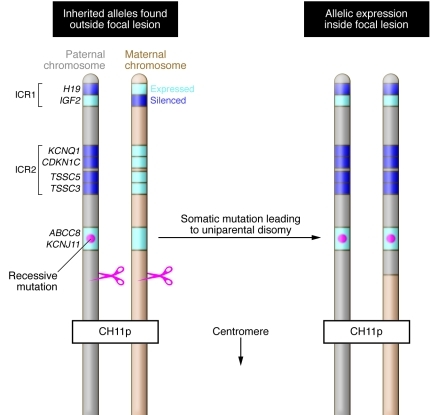Figure 2. Schematic representation of the molecular defect resulting in focal CHI.
On the left is shown a schematic representation of the paternal and maternal copies of the distal short arm of chromosome 11, inherited by the fetus at risk for focal CHI and present in all cells except those within the focal lesion. A single ABCC8 or KCNJ11 recessive mutation is inherited on the paternal allele (red dot). Distal to the ABCC8/KCNJ11 locus, there are two imprinted regions. The relevant genes are shown, and the expressed allele for each is shown in light blue. During fetal development, a somatic mutation occurs in a β cell precursor, which results in loss of the maternally inherited allele and duplication of the paternally inherited allele, as depicted on the right. In this cell and all of its progeny, both ABCC8 or KCNJ11 alleles are mutated, resulting in insulin hypersecretion. In addition, two copies of growth-promoting genes such as IGF2 are expressed, while growth-inhibiting genes such as H19 and CDKN1C are not expressed at all. The result is a proliferating lesion consisting of β cells lacking a functioning KATP channel and thus hypersecreting insulin at low glucose levels.

